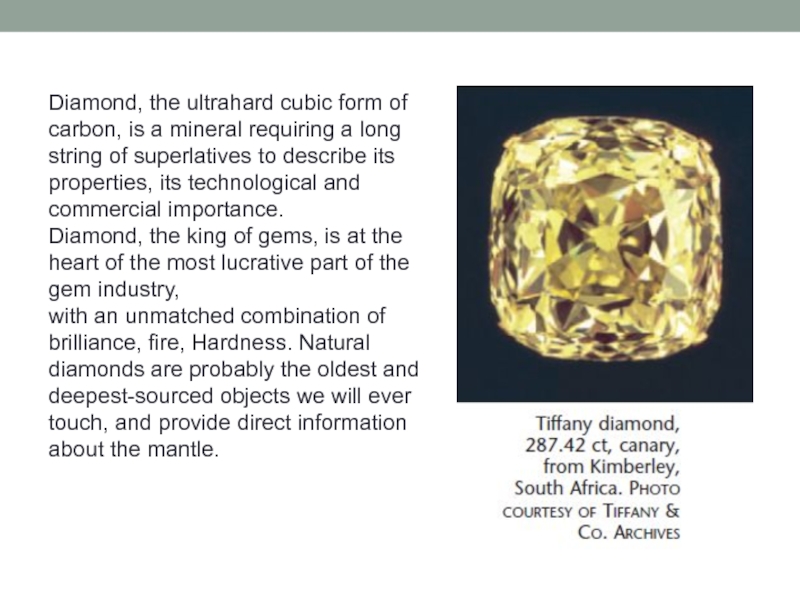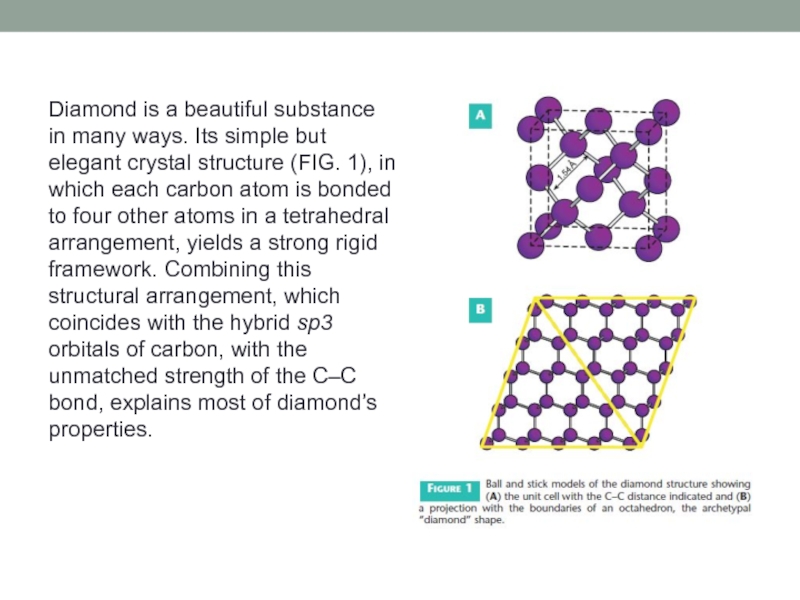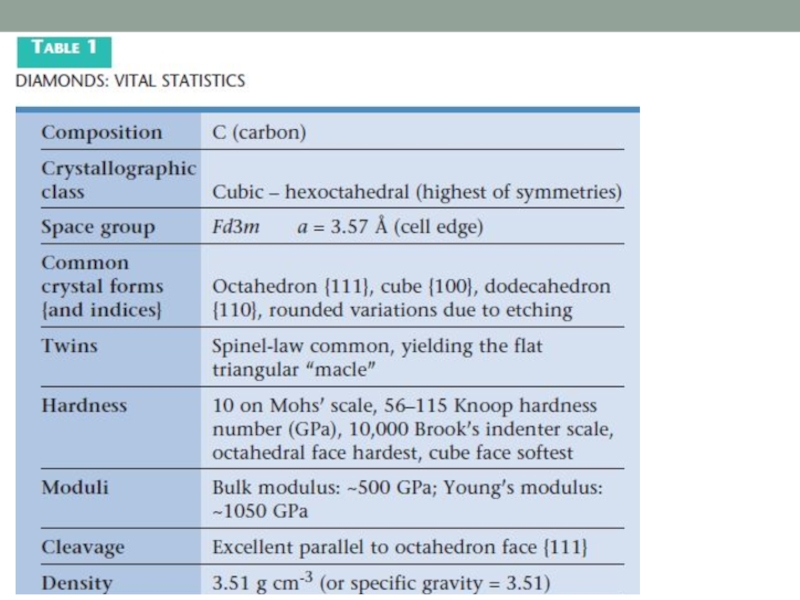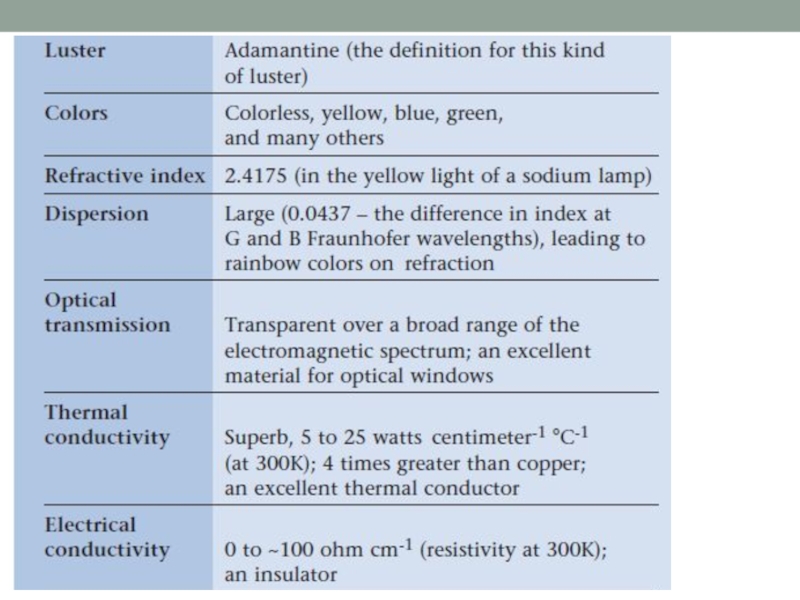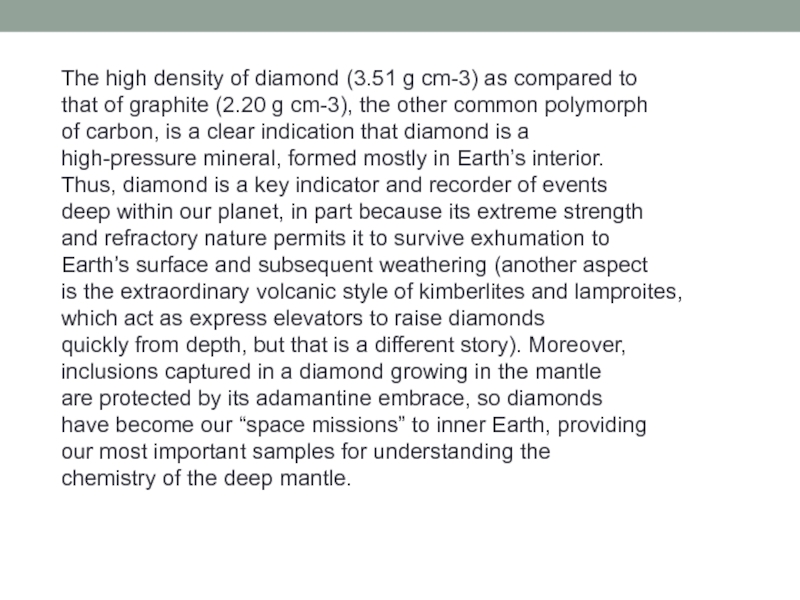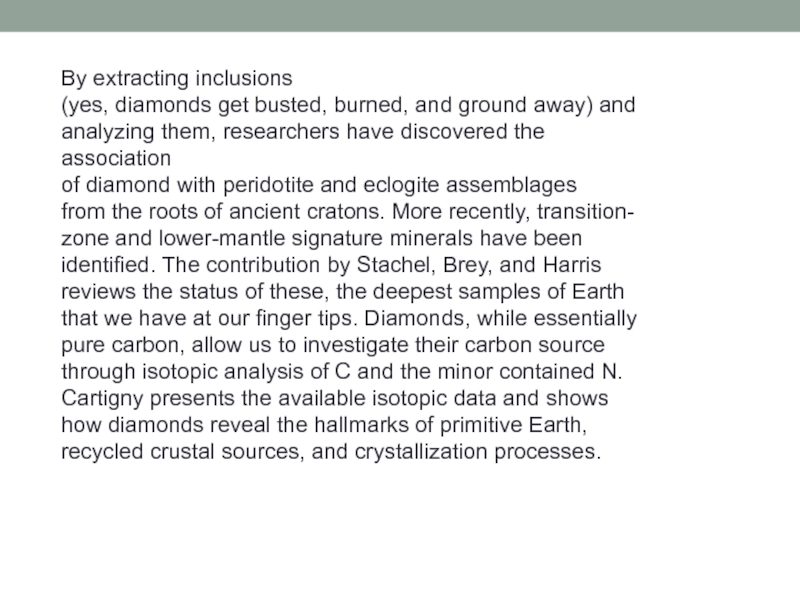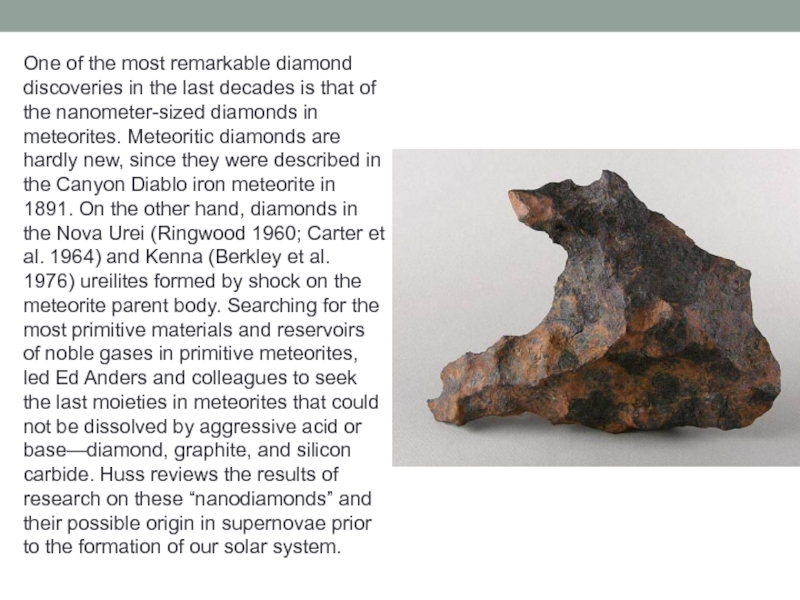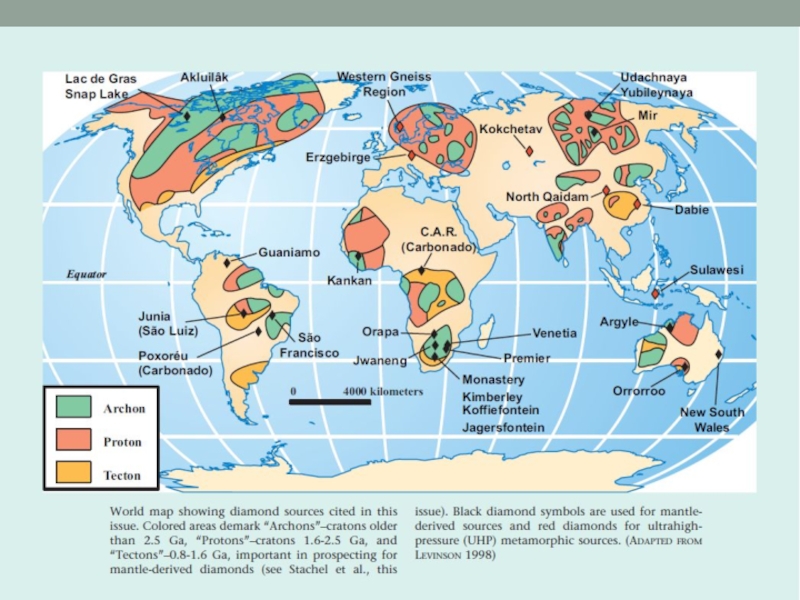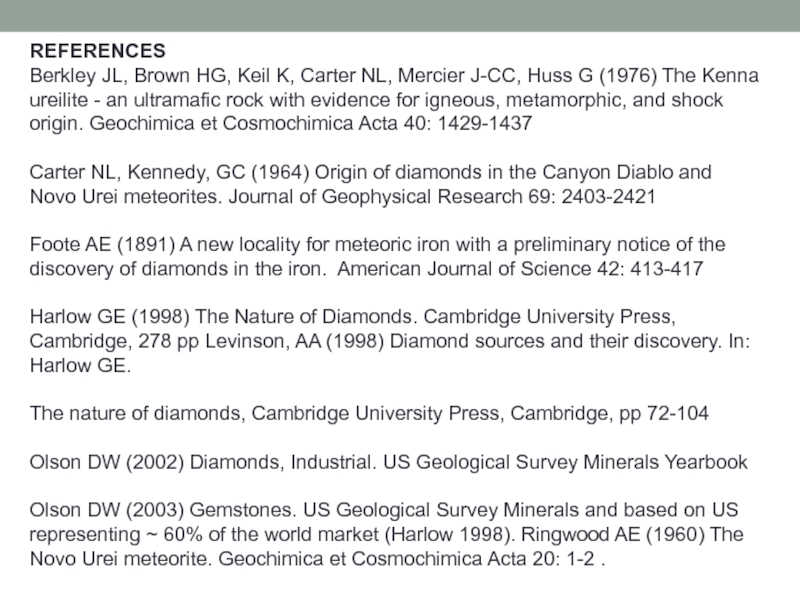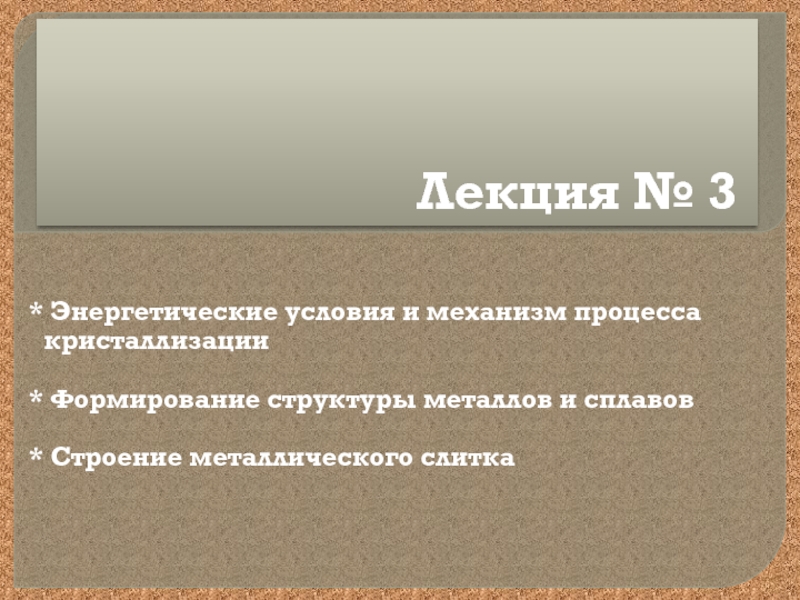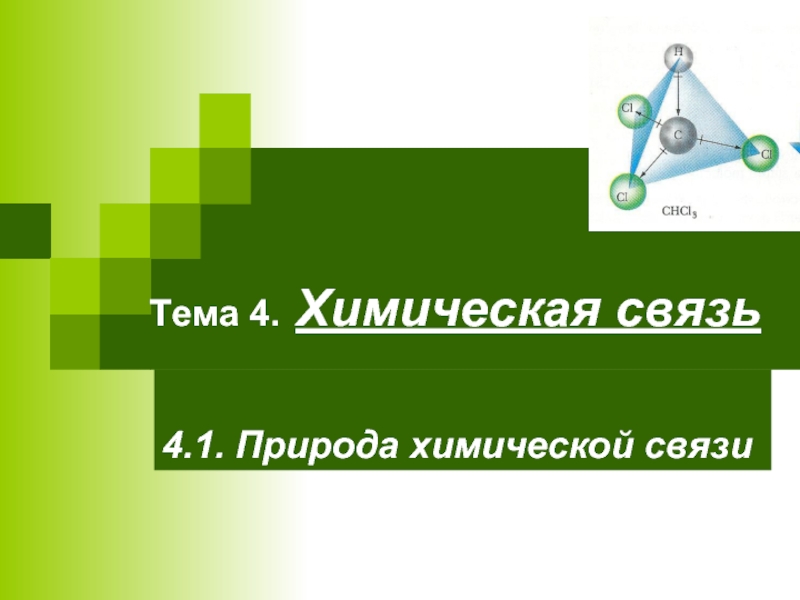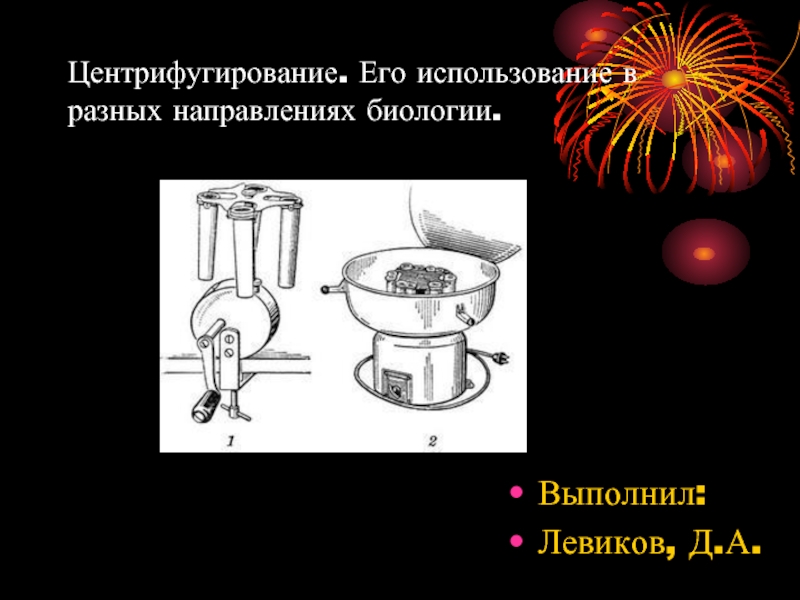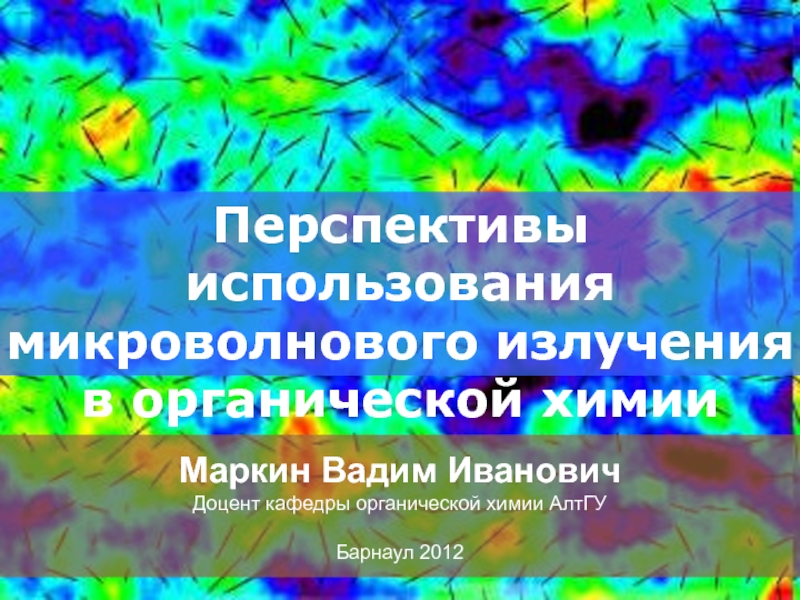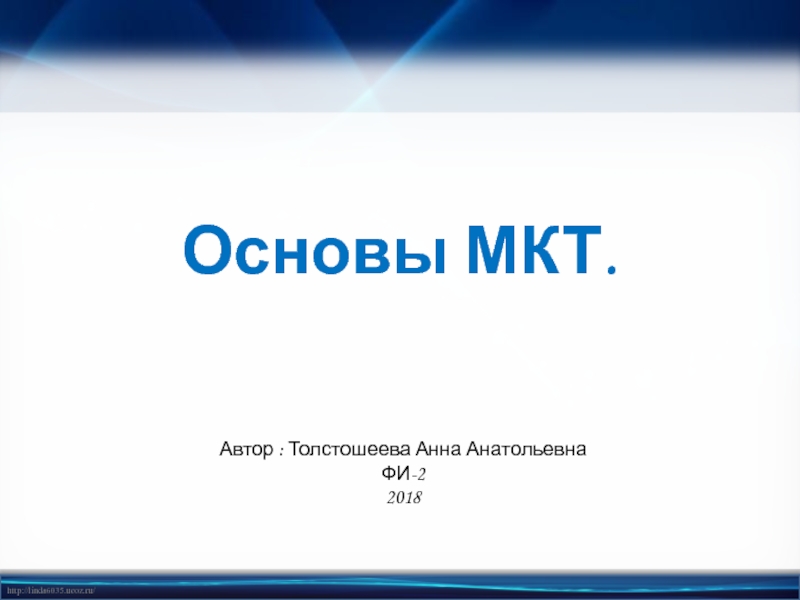- Главная
- Разное
- Дизайн
- Бизнес и предпринимательство
- Аналитика
- Образование
- Развлечения
- Красота и здоровье
- Финансы
- Государство
- Путешествия
- Спорт
- Недвижимость
- Армия
- Графика
- Культурология
- Еда и кулинария
- Лингвистика
- Английский язык
- Астрономия
- Алгебра
- Биология
- География
- Детские презентации
- Информатика
- История
- Литература
- Маркетинг
- Математика
- Медицина
- Менеджмент
- Музыка
- МХК
- Немецкий язык
- ОБЖ
- Обществознание
- Окружающий мир
- Педагогика
- Русский язык
- Технология
- Физика
- Философия
- Химия
- Шаблоны, картинки для презентаций
- Экология
- Экономика
- Юриспруденция
Diamonds презентация
Содержание
Слайд 1NOVOSIBIRSK STATE UNIVERSITY
GEOLOGY AND GEOPHYSICS DEPARTMENT
CHAIR OF MINERALOGY AND PETROGRAPHY
Knyazeva Marina gr.13503
Слайд 2Diamond, the ultrahard cubic form of carbon, is a mineral requiring
a long string of superlatives to describe its properties, its technological and commercial importance.
Diamond, the king of gems, is at the heart of the most lucrative part of the gem industry,
with an unmatched combination of brilliance, fire, Hardness. Natural diamonds are probably the oldest and deepest-sourced objects we will ever touch, and provide direct information about the mantle.
Diamond, the king of gems, is at the heart of the most lucrative part of the gem industry,
with an unmatched combination of brilliance, fire, Hardness. Natural diamonds are probably the oldest and deepest-sourced objects we will ever touch, and provide direct information about the mantle.
Слайд 3Diamond is a beautiful substance in many ways. Its simple but
elegant crystal structure (FIG. 1), in which each carbon atom is bonded to four other atoms in a tetrahedral arrangement, yields a strong rigid framework. Combining this structural arrangement, which coincides with the hybrid sp3 orbitals of carbon, with the unmatched strength of the C–C bond, explains most of diamond’s properties.
Слайд 6The high density of diamond (3.51 g cm-3) as compared to
that
of graphite (2.20 g cm-3), the other common polymorph
of carbon, is a clear indication that diamond is a
high-pressure mineral, formed mostly in Earth’s interior.
Thus, diamond is a key indicator and recorder of events
deep within our planet, in part because its extreme strength
and refractory nature permits it to survive exhumation to
Earth’s surface and subsequent weathering (another aspect
is the extraordinary volcanic style of kimberlites and lamproites,
which act as express elevators to raise diamonds
quickly from depth, but that is a different story). Moreover,
inclusions captured in a diamond growing in the mantle
are protected by its adamantine embrace, so diamonds
have become our “space missions” to inner Earth, providing
our most important samples for understanding the
chemistry of the deep mantle.
of carbon, is a clear indication that diamond is a
high-pressure mineral, formed mostly in Earth’s interior.
Thus, diamond is a key indicator and recorder of events
deep within our planet, in part because its extreme strength
and refractory nature permits it to survive exhumation to
Earth’s surface and subsequent weathering (another aspect
is the extraordinary volcanic style of kimberlites and lamproites,
which act as express elevators to raise diamonds
quickly from depth, but that is a different story). Moreover,
inclusions captured in a diamond growing in the mantle
are protected by its adamantine embrace, so diamonds
have become our “space missions” to inner Earth, providing
our most important samples for understanding the
chemistry of the deep mantle.
Слайд 7By extracting inclusions
(yes, diamonds get busted, burned, and ground away) and
analyzing
them, researchers have discovered the association
of diamond with peridotite and eclogite assemblages
from the roots of ancient cratons. More recently, transition-
zone and lower-mantle signature minerals have been
identified. The contribution by Stachel, Brey, and Harris
reviews the status of these, the deepest samples of Earth
that we have at our finger tips. Diamonds, while essentially
pure carbon, allow us to investigate their carbon source
through isotopic analysis of C and the minor contained N.
Cartigny presents the available isotopic data and shows
how diamonds reveal the hallmarks of primitive Earth,
recycled crustal sources, and crystallization processes.
of diamond with peridotite and eclogite assemblages
from the roots of ancient cratons. More recently, transition-
zone and lower-mantle signature minerals have been
identified. The contribution by Stachel, Brey, and Harris
reviews the status of these, the deepest samples of Earth
that we have at our finger tips. Diamonds, while essentially
pure carbon, allow us to investigate their carbon source
through isotopic analysis of C and the minor contained N.
Cartigny presents the available isotopic data and shows
how diamonds reveal the hallmarks of primitive Earth,
recycled crustal sources, and crystallization processes.
Слайд 8One of the most remarkable diamond discoveries in the last decades
is that of the nanometer-sized diamonds in meteorites. Meteoritic diamonds are hardly new, since they were described in the Canyon Diablo iron meteorite in 1891. On the other hand, diamonds in the Nova Urei (Ringwood 1960; Carter et al. 1964) and Kenna (Berkley et al. 1976) ureilites formed by shock on the meteorite parent body. Searching for the most primitive materials and reservoirs of noble gases in primitive meteorites, led Ed Anders and colleagues to seek the last moieties in meteorites that could not be dissolved by aggressive acid or base—diamond, graphite, and silicon carbide. Huss reviews the results of research on these “nanodiamonds” and their possible origin in supernovae prior to the formation of our solar system.
Слайд 10REFERENCES
Berkley JL, Brown HG, Keil K, Carter NL, Mercier J-CC, Huss
G (1976) The Kenna ureilite - an ultramafic rock with evidence for igneous, metamorphic, and shock origin. Geochimica et Cosmochimica Acta 40: 1429-1437
Carter NL, Kennedy, GC (1964) Origin of diamonds in the Canyon Diablo and Novo Urei meteorites. Journal of Geophysical Research 69: 2403-2421
Foote AE (1891) A new locality for meteoric iron with a preliminary notice of the discovery of diamonds in the iron. American Journal of Science 42: 413-417
Harlow GE (1998) The Nature of Diamonds. Cambridge University Press, Cambridge, 278 pp Levinson, AA (1998) Diamond sources and their discovery. In: Harlow GE.
The nature of diamonds, Cambridge University Press, Cambridge, pp 72-104
Olson DW (2002) Diamonds, Industrial. US Geological Survey Minerals Yearbook
Olson DW (2003) Gemstones. US Geological Survey Minerals and based on US representing ~ 60% of the world market (Harlow 1998). Ringwood AE (1960) The Novo Urei meteorite. Geochimica et Cosmochimica Acta 20: 1-2 .
Carter NL, Kennedy, GC (1964) Origin of diamonds in the Canyon Diablo and Novo Urei meteorites. Journal of Geophysical Research 69: 2403-2421
Foote AE (1891) A new locality for meteoric iron with a preliminary notice of the discovery of diamonds in the iron. American Journal of Science 42: 413-417
Harlow GE (1998) The Nature of Diamonds. Cambridge University Press, Cambridge, 278 pp Levinson, AA (1998) Diamond sources and their discovery. In: Harlow GE.
The nature of diamonds, Cambridge University Press, Cambridge, pp 72-104
Olson DW (2002) Diamonds, Industrial. US Geological Survey Minerals Yearbook
Olson DW (2003) Gemstones. US Geological Survey Minerals and based on US representing ~ 60% of the world market (Harlow 1998). Ringwood AE (1960) The Novo Urei meteorite. Geochimica et Cosmochimica Acta 20: 1-2 .

